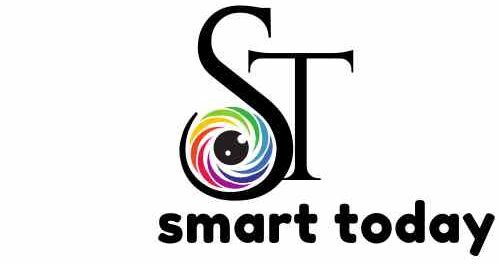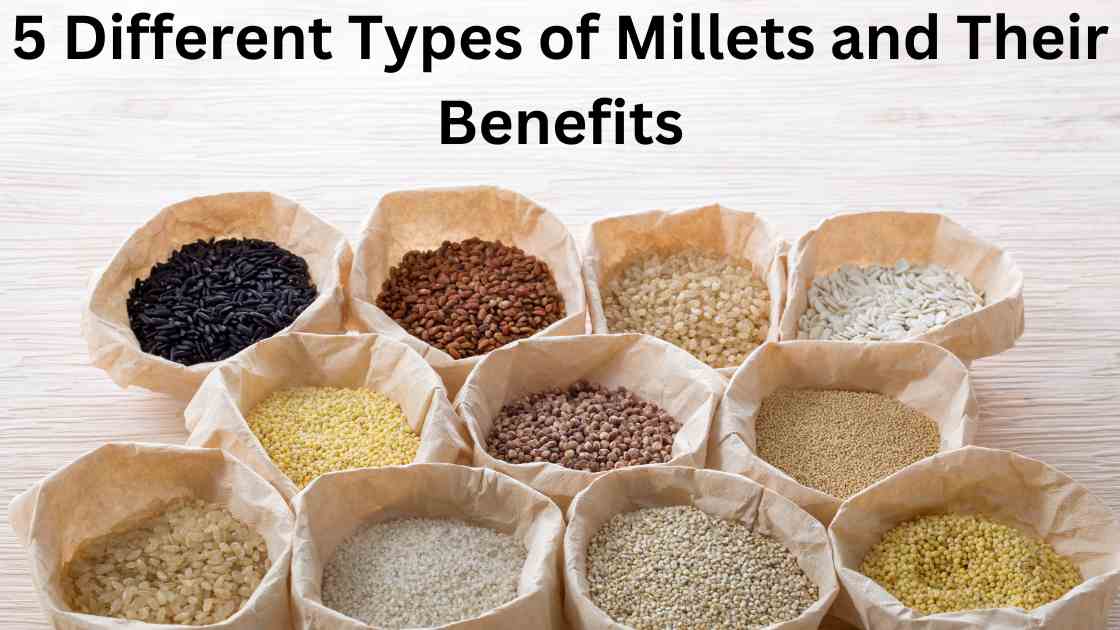introduction of millets
Nutritionally, finger millet is said to contain eight times more calcium than other grains. But to me, it seems tenfold—a little off the charts. And it contains three times more calcium than milk.
Some millets also have an exceptionally high iron content. Regular millet is high, but barnyard millet has five times more iron than steak. the charts. And it contains three times more calcium than milk.
Apart from the most popular wheat and rice, what are the other grains that you consume? Their low presence in our daily diet is giving rise to lifestyle diseases like diabetes and obesity, with their attendant complications. So what are the essential nutrients we need? requirement, and where can we get them?
The answer is whole grains like johar or jowar, bajra, and finger millet. On special occasions, people prepare buckwheat, which is an excellent source of nutrition. Let us understand the importance of this group of grains. We refer to these superfoods as millets, which are exotic foods familiar to humanity. The Vedas mention them, and we have found their burnt grains at Harappan sites.
Both for human consumption and as animal feed, buckwheat is a valuable source of nutrition. Scientifically speaking, millets are a group of small, seeded grains that belong to the grass family. We broadly divide them into two categories based on their size. Major Millets and Short Millet Botanists count two pseudo-millets, in particular buckwheat and amaranth, as superfoods. They outperform wheat and rice in many aspects: they are high in both macronutrients like protein and micronutrients like iron and calcium; they protect us from many vitamin and mineral deficiencies; they are rich in fiber, gluten-free, and have a low glycemic index (GI), which means less impact on your blood sugar.
cold drinks, pizza, and burgers have a high GI; Finger millet has 10 times more calcium than wheat or rice and more than five times the amount of iron in barnyard millet, which is a fun fact.
5 Different Types of Millets and Their Benefits
Foxtail Millet (Kakum / Kangni)
Foxtail millet, also known as Kangna, is a kind of coarse grain. It is the oldest millet in the world. It has immense benefits. From aealth point of view, consumption of this grain can cure most of the major diseases of the body. Many people believe even today. Do you not know that this grain has a lot of calcium and dietary fiber in it? Apart from this, it contains various types of minerals, enzymes, and vitamins. Folic acid, magnesium, potassium, and betalains are found in Kangna, so its importance is complete. Know the major benefits.
There is a lack of research on whether fox oil is helpful in diabetes management. Millet has been described as an excellent food for diabetic patients. According to this report, kangana millet is a grain rich in antioxidants. It also has anti-fungal and anti-cancer properties. It reduces the blue sugar level. Helps in controlling power. Gives instant energy. Being rich in iron, phosphorus, and dietary fiber, kangna is a beneficial food for people suffering from weakness. Eating roti made from deficiency not only fills the stomach, but it also gives instant energy. bones split Is.
Strong Kanika grain is a calcium-rich grain, and hence it is a very beneficial millet for bone health. It is also beneficial for teeth. It helps with weight loss. The biggest specialty of millets is that they contain a lot of dietary fiber. And that is why they are known as complex capsules. The body has to work harder to save complex caps, which is why they are considered very beneficial in terms of weight loss.
Proso Millet (Chena/Barri)
Proso millet, also known as white millet, is widely grown and consumed in India. Here are six amazing health benefits of proso millet. It keepseps the nervous system healthy. Proso millet is loaded with lecithin, which indirectly Stimulates the system and keeps it functioning smoothly. Reduces bad cholesterol Flosomlyte contains phytic acid, which helps increase good cholesterol, i.e., HDL, and reduce bad cholesterol, i.e., LDL. It helps prevent pellagra. Pellagra is a skin disorder where the skin becomes dry, scaly, and rough. It is caused by a deficiency of niacin, which is a vitamin B3 fluorosym. It contains an adequate amount of niacin. Which helps prevent pellagra gluten-free celiac disease, a condition in which a person is highly resistant and allergic to butylated prosomal due to being gluten-free. Gluten-Sensitive Entropy or Celiac Disease
Sorghum Millet (Jowar)
The incredible health benefits of sorghum, a super grain that is gaining a good amount of attention in the nutrition world, Whether you want to improve your digestive health, boost your energy levels, or enhance your overall health, Jowar has you covered. Be sure to include this grain in your diet. Improves digestive health Jowar stands out as an exceptional food source when it comes to dietary fiber, which
Making it a great addition to your diet. With about 13 grams of dietary fiber in just one cup, this nutritious grain can effectively promote a healthy digestive system.
By keeping your food flowing smoothly through the digestive tract, jowar helps prevent unpleasant problems like cramps, bloating, constipation, stomach pain, excess gas, and diarrhea. But the benefits of the high fiber content go beyond digestion. By aiding in the removal of harmful cholesterol (LDL) from the body, jowar contributes to better cardiovascular health. This remarkable grain may help protect against conditions like atherosclerosis, heart attacks, and stroke.
This is a gluten-free cereal alternative. Celiac disease is a serious autoimmune disorder that results from gluten, a protein that is primarily present in wheat-based products, making it difficult for people suffering from this gastrointestinal disease to find suitable food options. faces challenges. However, collaborative research covered by the journal Clinical Nutrition suggests that alternative grains and grasses, including sorghum, can be safely eaten by people with this condition. Choosing gluten-free grains, like sorghum
Allowing individuals with celiac disease to enjoy food without experiencing painful bloating, nausea, and gastrointestinal damage.
Finger Millet (Ragi)
Finger millet, or ragi, has the highest calcium content among all cereals. kay,y putting together all the cereals as you said, as you can see in the table above, this contains the highest quantity of calcium, and it also has a reasonable amount of iron and other vitamins and minerals.
What is the nutritional benefit of consuming this finger? Millet or rocky, as I said in the initial part, is essentially due to the less processing and the presence of fibre and nutritional components present in the seed coat. This seed coat contains antioxidants like phenolic acids. Phytates and tannins: okay, these antioxidants definitely have anti-inflammatory and anti-ageing properties, so they are beneficial, especially in this era of fast food consumption.
anti-diabetogenic How usually do the foods that raise the sugar level in a rapid manner be deleterious or bad for health because of the presence of dietary fibre and other components? This finger millet has a low glycemic index, meaning it doesn’t raise the sugar so rapidly, so this is beneficial in diabetics and also in preventing diabetes from occurring, so this is anti-diabetic again. For the presence of dietary fibre, this has cholesterol-lowering properties.
beneficial to the digestive system No, in the prevention of constipation and in the prevention of colonic cancer, it has anti-tumour roperties. It has anti-cataract properties; now your eyes are better off. Ragi or finger millet also has antimicrobial
Pearl Millet (Bajra)
Pearl millet, also known as bhadra, is a cereal crop that is widely grown in India, Africa, and other parts of the world.
Pearl millet is a good source of essential vitamins and minerals like B vitamins, iron, and magnesium, which are
important for metabolism and overall health. It is also high in fibre, which is important for maintaining good digestion and regular bowel movements..
Pearl millet is a staple food in many regions of India and Africa and is commonly used to make traditional dishes such as Roti bakri dosa and porridge. It’s gluten-free, has a lower glycemic index, and has slower digestion than wheat, making it a better option for controlling blood sugar.
sugar levels It is known for its medicinal properties, and it is considered a good food to control diabetes.
is also a rich source of antioxidants, minerals, and vitamins, and it is believed to have a number of medicinal properties, like reducing the risk of diabetes and heart disease.
Note: This article is written for shamanic understanding only. Doctor’s advice is required
Read More Blog Posts HERE
Subscribe to My whatsapp Channel HERE

